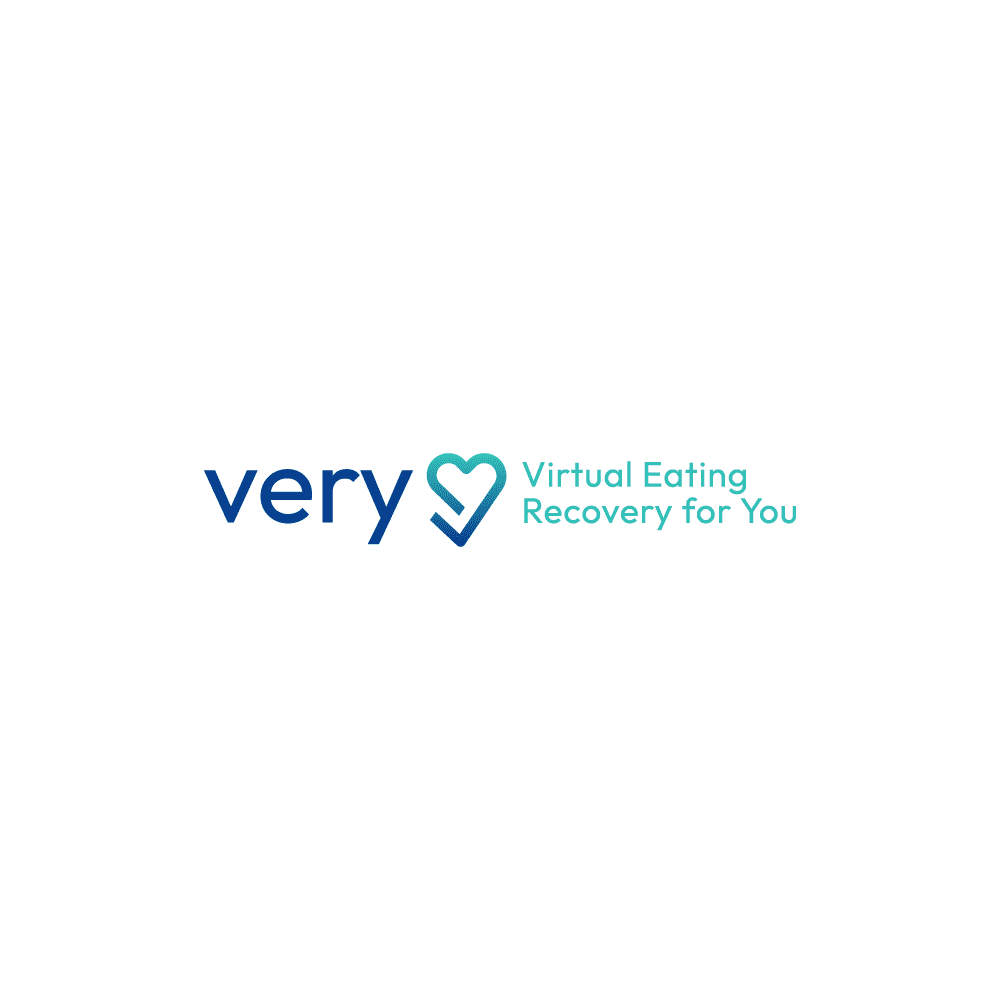If you’re in eating disorder recovery, having a relapse in disordered thoughts and behaviors can leave you feeling confused, stressed, and unsure of what next steps to take – which is why having a relapse prevention plan is essential.
Although relapse rates can vary depending on the type and severity of the eating disorder as well as individual circumstances, current research suggests that up to 50% of people in recovery face a relapse within the first few years of treatment. Therefore, if you haven’t already made one with your treatment team, creating an in-depth, personalized relapse prevention plan is crucial to maintaining a successful, lasting recovery and regaining a healthy relationship with food and your body.
Let’s talk more about how to create a relapse prevention plan and what should be included for individuals in eating disorder recovery.
Understanding Eating Disorder Relapse
An eating disorder relapse occurs when an individual experiences a return to or intensification of disordered eating behaviors and thought patterns after a period of improvement or recovery. Relapse is fairly common among all types of eating disorders, including anorexia nervosa, bulimia nervosa, binge eating disorder, and others.
Although relapse can happen at any time, it’s most common during periods of transition or stress, including:
- Life Changes: Moving to a new city, starting college, changing jobs, or experiencing significant life events such as marriage or divorce.
- Holidays and Celebrations: Festive occasions like holiday gatherings, birthdays, and parties that revolve around food and eating.
- Treatment Interruptions: Discontinuing therapy, medication, or deviating from the treatment plan prematurely or without proper guidance.
- Increased Body Dissatisfaction: Changes in weight, appearance, or comparison to others, which may intensify negative body image.
- Physical Illness: Physical illness or injury can disrupt eating patterns and exacerbate underlying psychological distress, increasing vulnerability to relapse.
It’s important to recognize that relapse is a natural part of the recovery journey and doesn’t signify failure. While shame and guilt are common emotions for individuals facing a relapse in their recovery, seeking help can provide extra support to help navigate through the physical and emotional challenges recovery and relapse often bring.
Creating a Relapse Prevention Plan
A relapse prevention plan should always be customized and tailored to meet the individual’s unique circumstances and recovery needs. Different individuals may have distinct triggers for their disordered behaviors, so tailoring this plan allows for better identification and specific strategies to address these triggers effectively.
Furthermore, due to eating disorders greatly varying in type and severity, a personalized plan ensures that interventions and coping strategies are aligned with the individual’s specific challenges and goals. Here are some things to think about when creating your own relapse prevention plan:
Consult with Your Treatment Team
Consulting with your treatment team is an important first step when creating a relapse prevention plan, as they can offer specialized expertise and a comprehensive understanding of eating disorders and the recovery process. Through discussions about the individual’s history, triggers, and patterns of disordered eating, the team can effectively tailor interventions and offer valuable coping skills. This collaborative approach typically involves a multidisciplinary team, allowing therapists, dietitians, and other specialized providers to address all underlying factors contributing to the disorder.
Identify Triggers and Warning Signs
Identifying personal triggers and warning signs is also essential when creating an eating disorder relapse prevention plan as it enables proactive intervention. Triggers, whether environmental, emotional, or situational, can reignite disordered eating behaviors. By recognizing these triggers, individuals can develop healthier coping strategies to manage them effectively instead of feeling the urge to return to disordered behaviors and thought patterns.
Personalized Strategies and Coping Mechanisms
In order to effectively acknowledge and address the individual’s unique recovery needs and challenges, having personalized strategies and coping mechanisms is key. These approaches, such as cognitive-behavioral practices, mindfulness, and stress-reduction techniques, can help empower individuals to manage triggers and stressors more effectively, rather than turning to disordered eating behaviors. Personalization of coping skills also encourages commitment to the treatment plan, increasing its effectiveness in supporting sustained recovery.
Building a Support Network
Having a support network is vital for all individuals in eating disorder recovery, and it can consist of friends, family, healthcare providers, and support groups that offer understanding, encouragement, and accountability, effectively reducing feelings of shame, guilt, and isolation. They may also help identify warning signs, intervene during challenging times, and reinforce healthy behaviors and coping skills.
Our RecoVERY Community is designed to help individuals with all types of eating disorders achieve sustained recovery by providing continuous community support, daily psychoeducation, meal support groups, and other beneficial recovery resources. Join the community for free to see how it can help you transform your recovery journey.
Establish Healthy Habits
Establishing healthy habits and coping skills is crucial, especially during times of stress when disordered thought patterns may seem to take over. While each individual in recovery may have different meal plans and needs, implementing consistent meal times and balanced nutrition helps to regain a positive relationship with food, free from the rigid rules of the eating disorder. Many individuals choose to engage in intuitive eating while in recovery, where they are encouraged to listen to internal hunger and fullness cues to develop a deeper understanding of their bodies’ needs. However, remember that any changes in eating patterns should always be carefully discussed with the treatment team to ensure a healthy, sustained recovery.
Create an Emergency Plan
In the case that disordered eating behaviors and thought patterns return suddenly, having an emergency plan is essential, as it provides a structured response to challenging and stressful situations. This emergency plan should include steps to take when facing potential triggers or relapse warning signs, ensuring timely intervention. It should also include contact information for members of the treatment team, crisis hotlines, and supportive individuals that can equip individuals with immediate access to assistance and support. By outlining clear protocols and resources, the emergency plan empowers individuals to respond effectively during crises and reduces feelings of anxiety and uncertainty when managing challenging situations and stressors.
Finding Help for Eating Disorder Relapse
For many individuals who face relapse in their eating disorder recovery journeys, having trusted support from friends, family, and healthcare providers is crucial for supporting sustained, ongoing recovery. By creating a relapse prevention plan, individuals are more likely to implement healthier coping skills and maintain their recovery progress.
At VERY, our virtual eating recovery program utilizes a multidisciplinary approach with physician-led and team-based treatments that are designed to help individuals with all types of eating disorders achieve sustained recovery.
Have questions? Schedule a free, no-commitment consultation to learn more about how our team can help.




